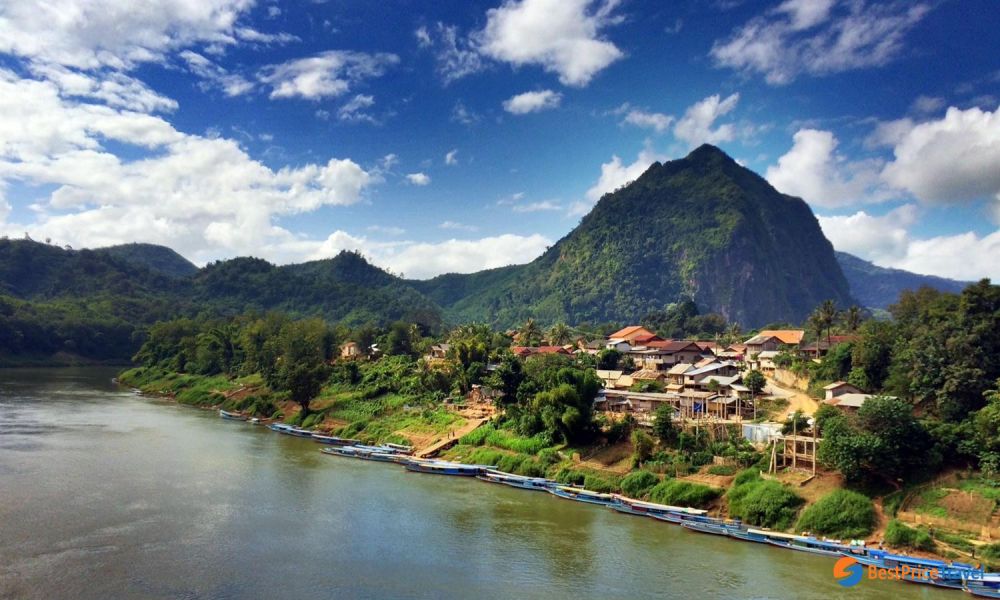

Nestled within the lush, green mountains of northern Laos, Ban Sop Houn Village offers an authentic experience of rural life in this beautiful region. Historically, the village was relatively unknown to the global tourism market, with a primary focus on local farming and traditional crafts. However, the last couple of decades have seen a significant change.
The Rise of Eco-Tourism: It wasn't until the late 20th century that Ban Sop Houn started to gain attention from the outside world. The village's proximity to the stunning limestone cliffs and the serene Ou River made it a natural niche for the burgeoning eco-tourism trend. As more travelers sought off-the-beaten-path experiences and sustainable travel, Ban Sop Houn slowly grew into a desirable destination.
Community-Based Tourism: With the dawn of the 21st century, Ban Sop Houn embraced community-based tourism. This approach allowed visitors to engage in local activities, such as rice farming and fishing, stay in homestays, and learn about Laotian culture directly from villagers. This form of tourism supports the local economy and promotes cultural exchange without disrupting the community's way of life.
The Present and Future: Today, Ban Sop Houn is part of various trekking routes and is celebrated for its unspoiled environment and rich cultural heritage. Visitors can explore nearby caves, enjoy river kayaking, or relax with stunning views of the karst landscape. While still not as crowded as other tourist spots in Laos, Ban Sop Houn's responsible development continues to attract those looking for a tranquil and meaningful travel experience.
Recently, travelers to Ban Sop Houn have been more focused on deep cultural immersion and responsible travel. There is an increasing demand for:
Ban Sop Houn continues to enchant those who visit, offering a glimpse into a way of life that remains untouched by mass tourism, and a travel experience that is both enriching and inspiring.